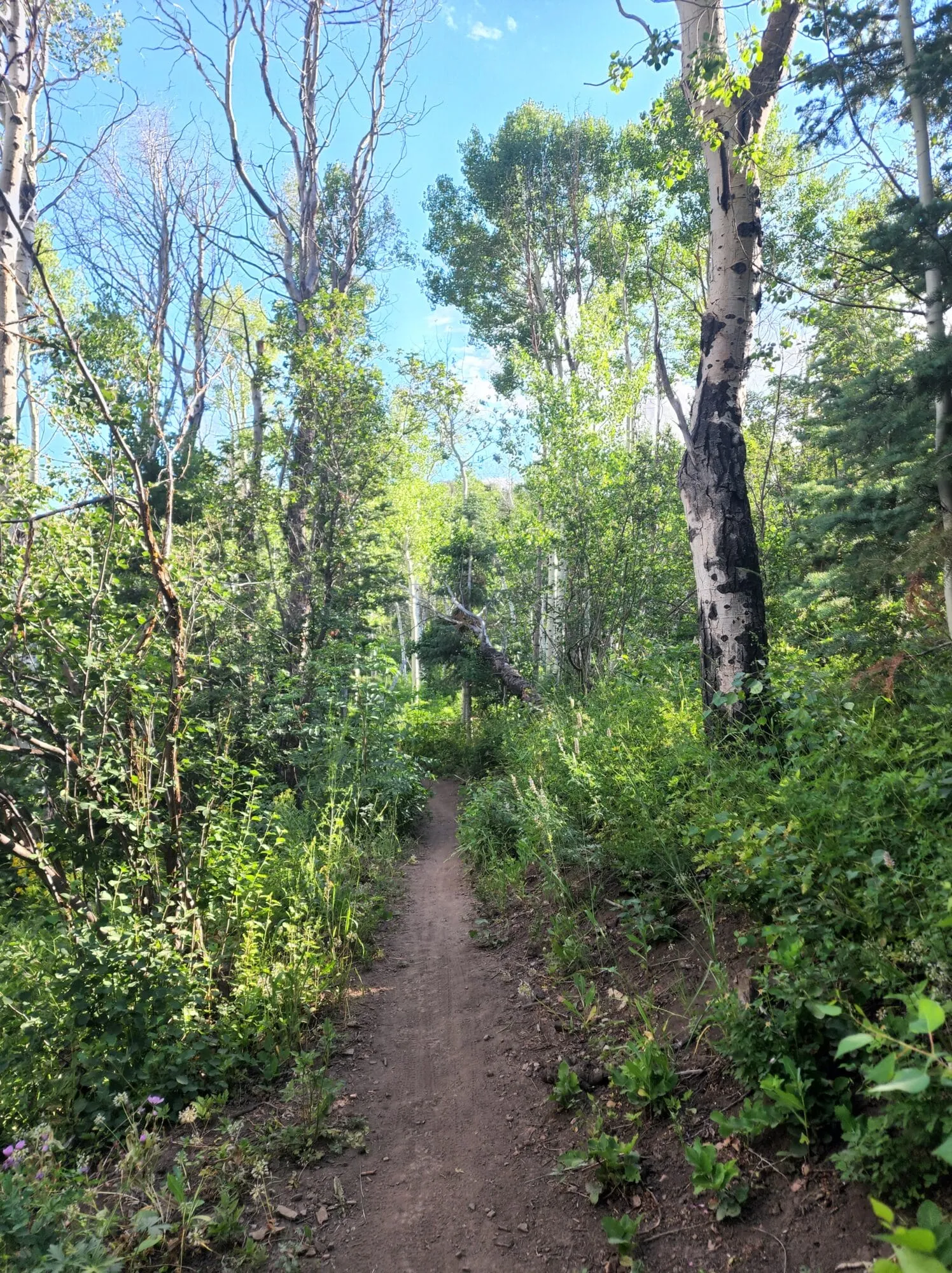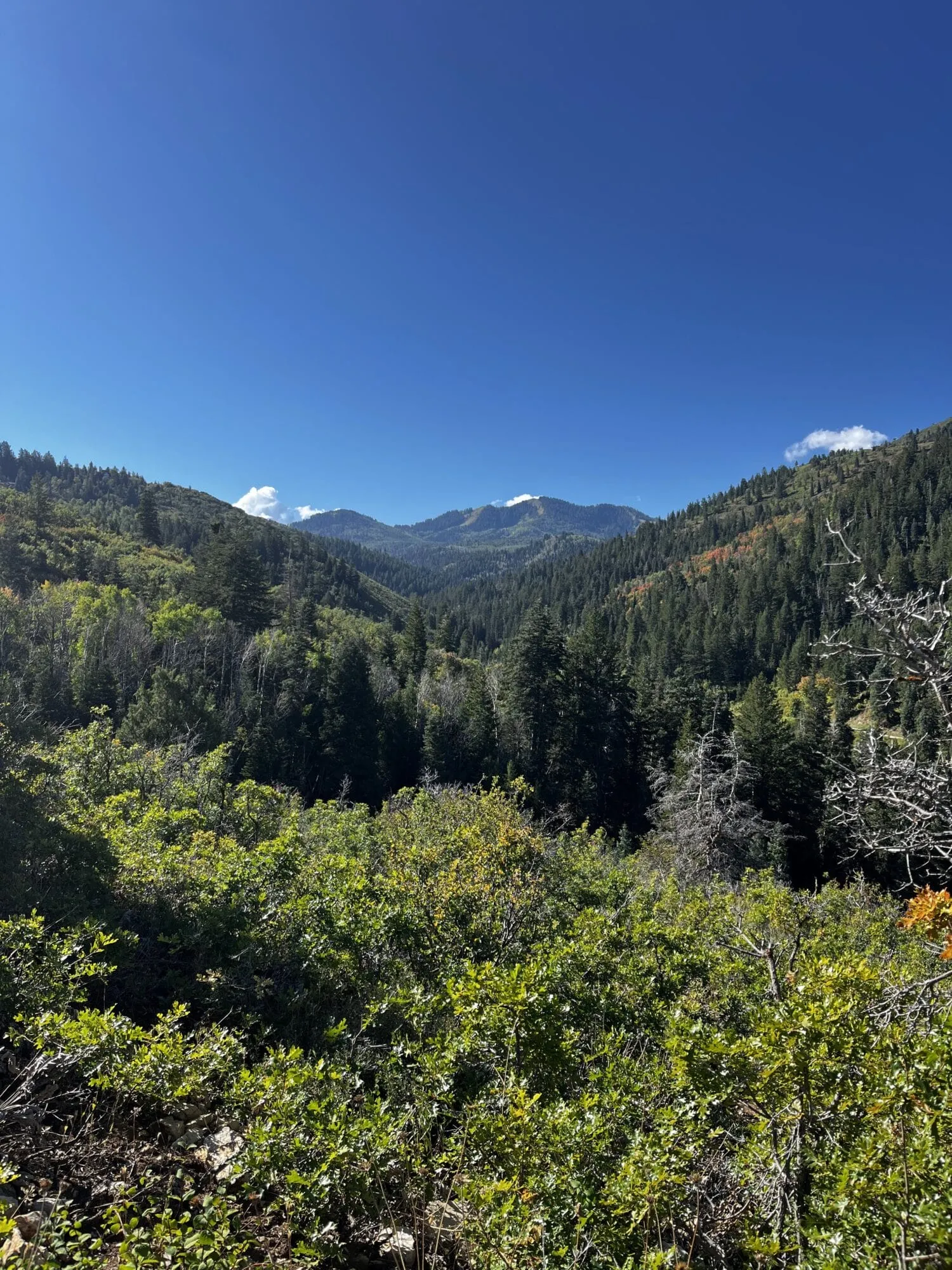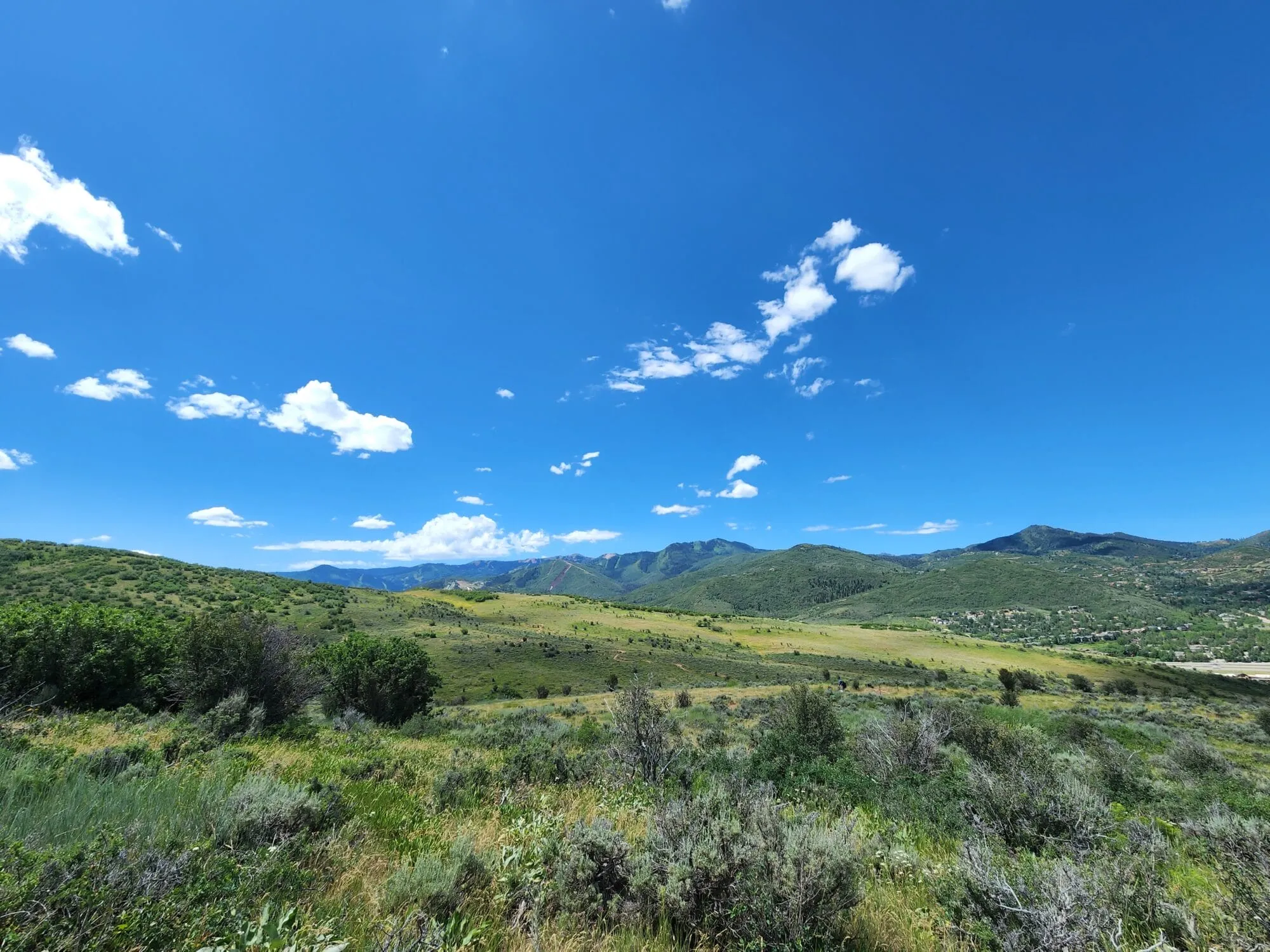About Toll Canyon Open Space
Nestled between the scenic hills of Summit Park and Discovery, Toll Canyon is a protected open space offering a peaceful retreat for nature enthusiasts.
With its rich canopy of aspens, conifers, and vibrant wildlife, this 781-acre open space is a haven for hiking, mountain biking, wildlife observation, and experiencing nature in its untouched form.
Amenities

Protected Open Space

Accessible All Year

Hiking Only

Dog On-Leash
Discover Toll Canyon Open Space
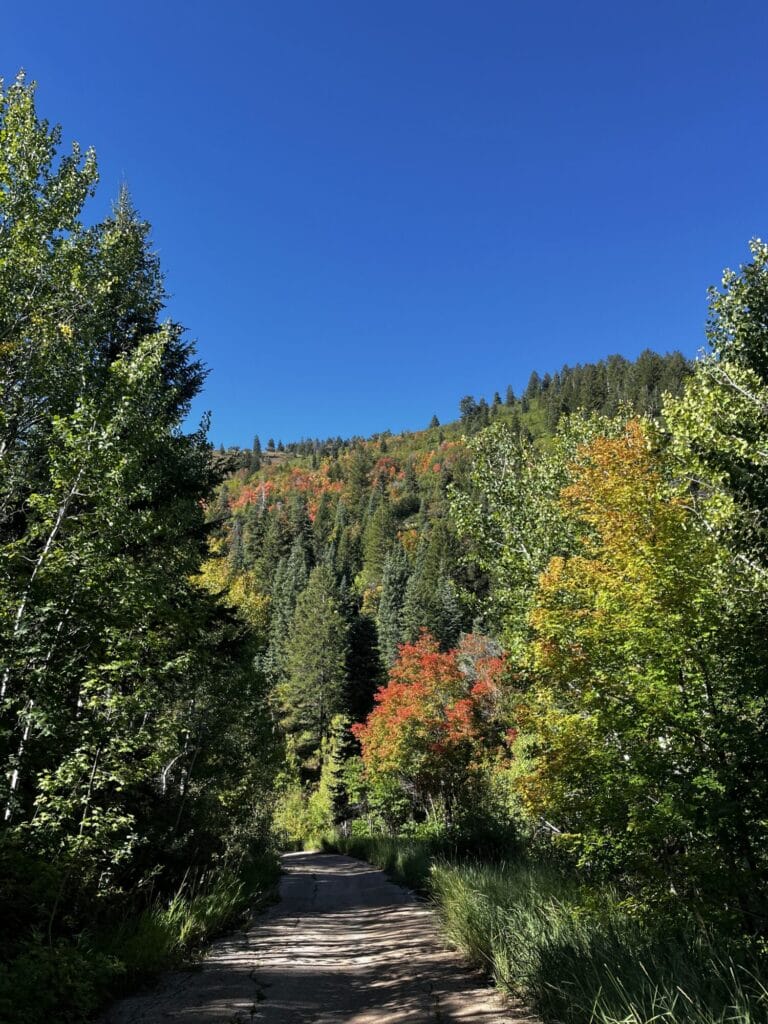
Toll Canyon’s history stretches back to its use by Native American tribes, including the Ute, who valued the area as prime hunting grounds due to its abundant wildlife and resources. Early trappers, explorers, and settlers also passed through the region, though it wasn’t until the construction of the Golden Pass Toll Road between 1848 and 1850 that significant travel began in the area.
Parley P. Pratt was instrumental in establishing the toll road, which ran near what is now I-80. A toll booth was set up near the base of Toll Canyon, and travelers were charged to use the road as they made their way into the Salt Lake Valley or on toward California. This road quickly became a more popular route than Emigration Canyon. Not far from Toll Canyon, a Pony Express station and stagecoach stop called the Kimball Hotel was established about six miles east of the canyon in 1868. Mark Twain, the famous American author, documented his stay at the Kimball Hotel in his book Roughing It.
Silver was discovered in the Park City area in the 1860s, leading to a mining boom that transformed the region. The boom lasted until the 1950s, with the last Park City mine closing in 1978. It is likely that Toll Canyon was logged during the construction of the Golden Pass Toll Road and the railroad, though many of the trees that stand today are over 100 years old, indicating natural regeneration after these activities.
After the area’s settlement in the 1850s, livestock grazing became common in the grassy meadows and hillsides of the region, particularly by local settlers like Samuel Snyder and Parley P. Pratt. Toll Canyon, with its year-round stream, was an attractive area for summer grazing. Significant grazing in the canyon ceased around 1970, but it remained popular with local horseback riders.
Today, Toll Canyon serves as an important natural and recreational area, balancing its rich history with its ecological significance. With the land protected by Utah Open Lands and managed by Basin Recreation, its preservation provides a sanctuary for wildlife and outdoor enthusiasts alike.
Environmental Importance
With its old growth conifer forests, dense vegetation, wetlands, and a stream, Toll Canyon is essential for maintaining local biodiversity. The area is also a focus of conservation efforts aimed at preserving its natural resources and preventing development, ensuring it remains an unspoiled natural area for future generations.
Wildlife
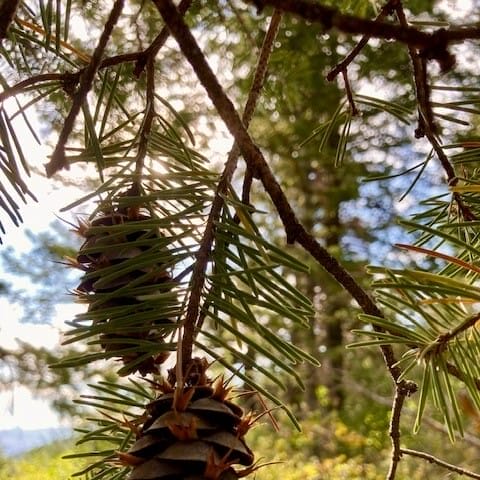
Douglas Fir
Pseudotsuga menziesii
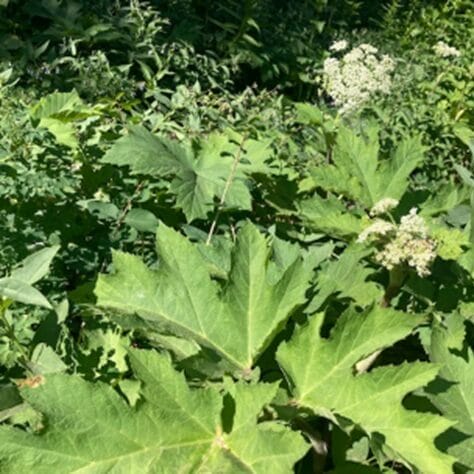
Cow Parsnip
Heracleum maximum

Western Wolfsbane
Aconitum columbianum
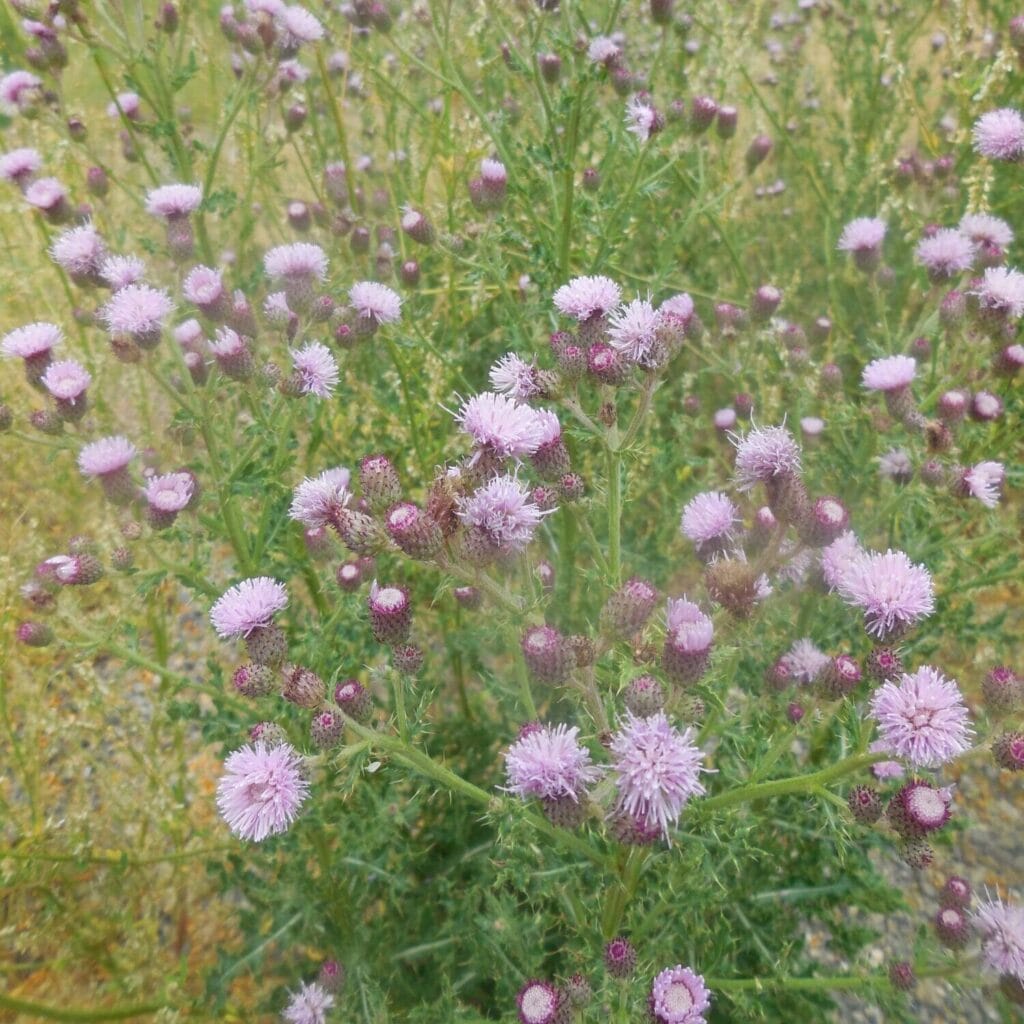
Canada Thistle
Cirsium arvense
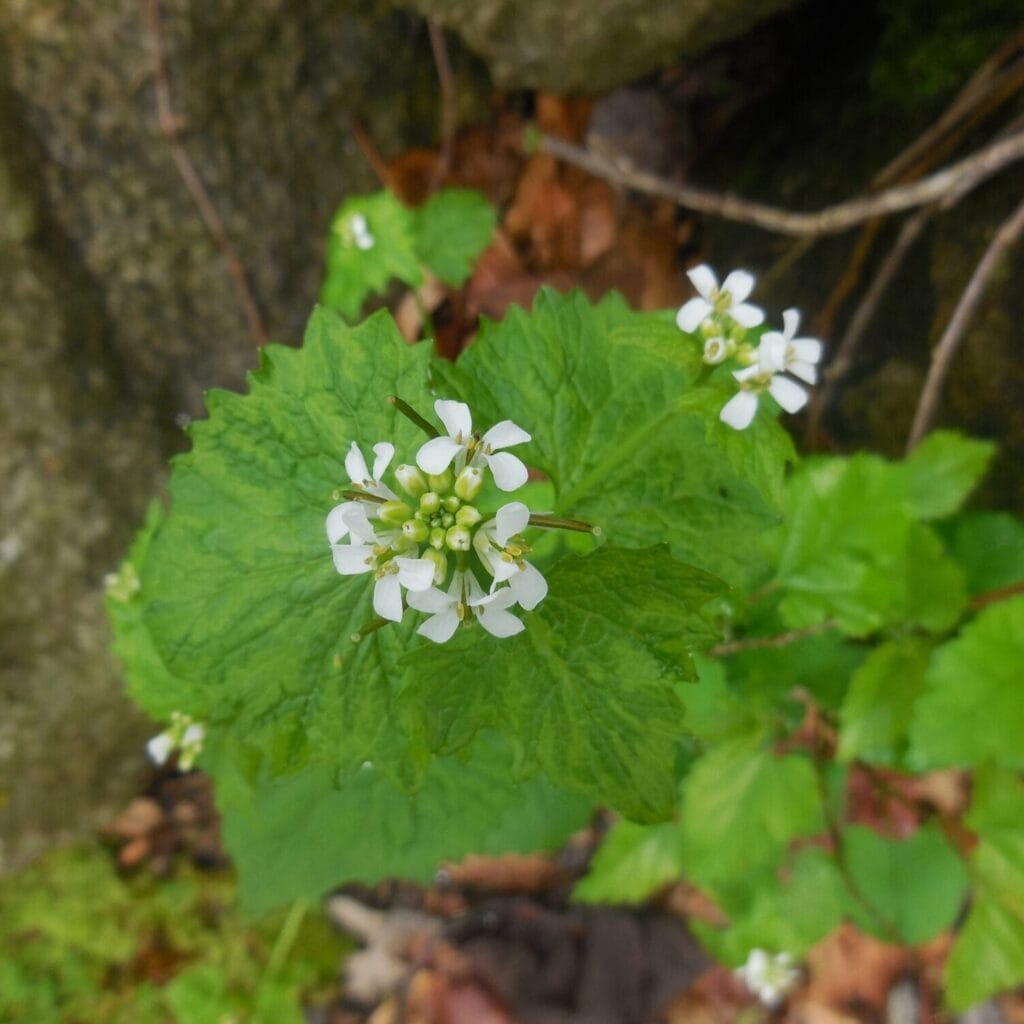
Garlic Mustard
Alliaria petiolata
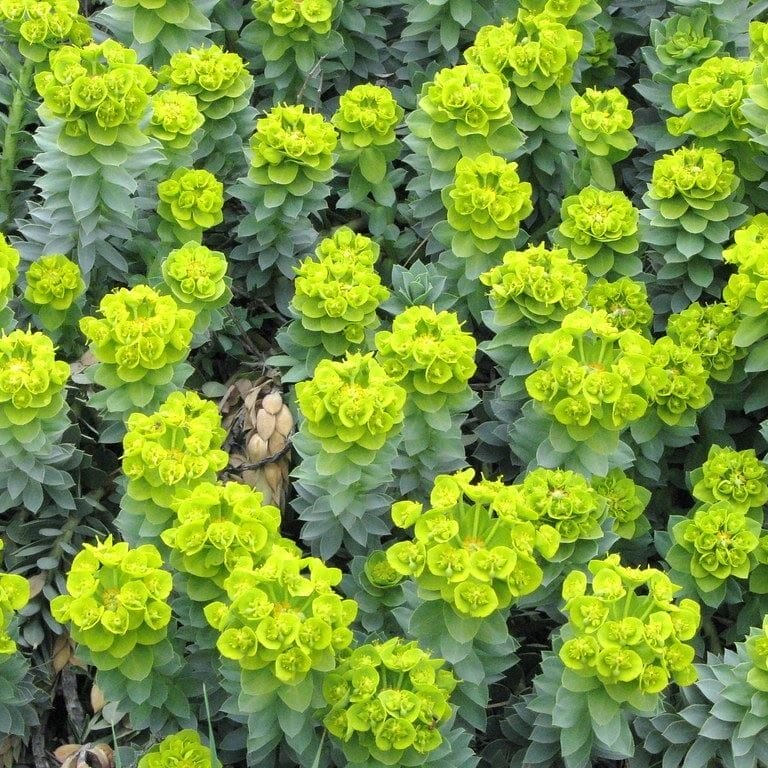
Myrtle Spurge
Euphorbia myrsinites
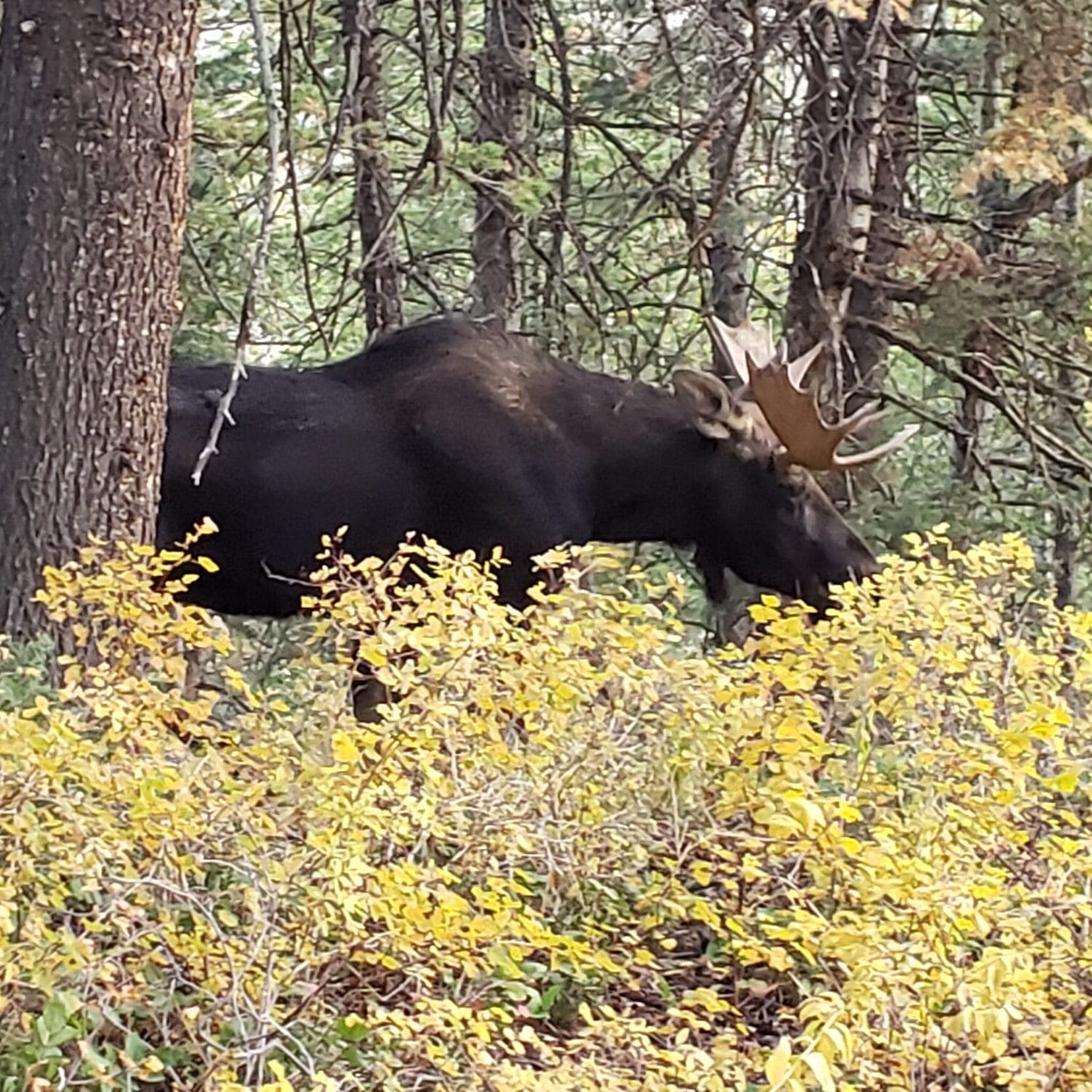
Shiras Moose
Alces alces shiras
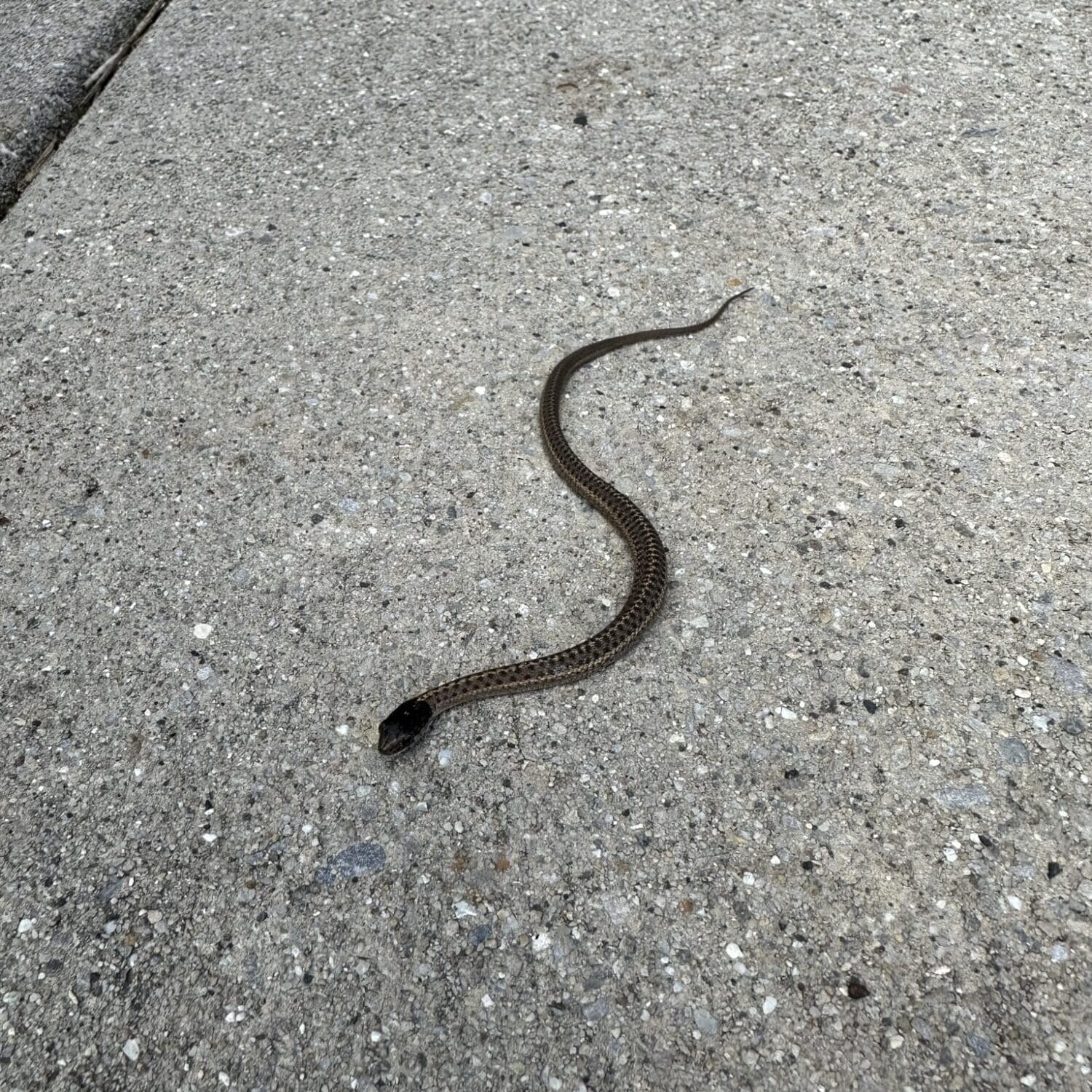
Wandering Garter Snake
Thamnophis elegans
ssp. vagrans
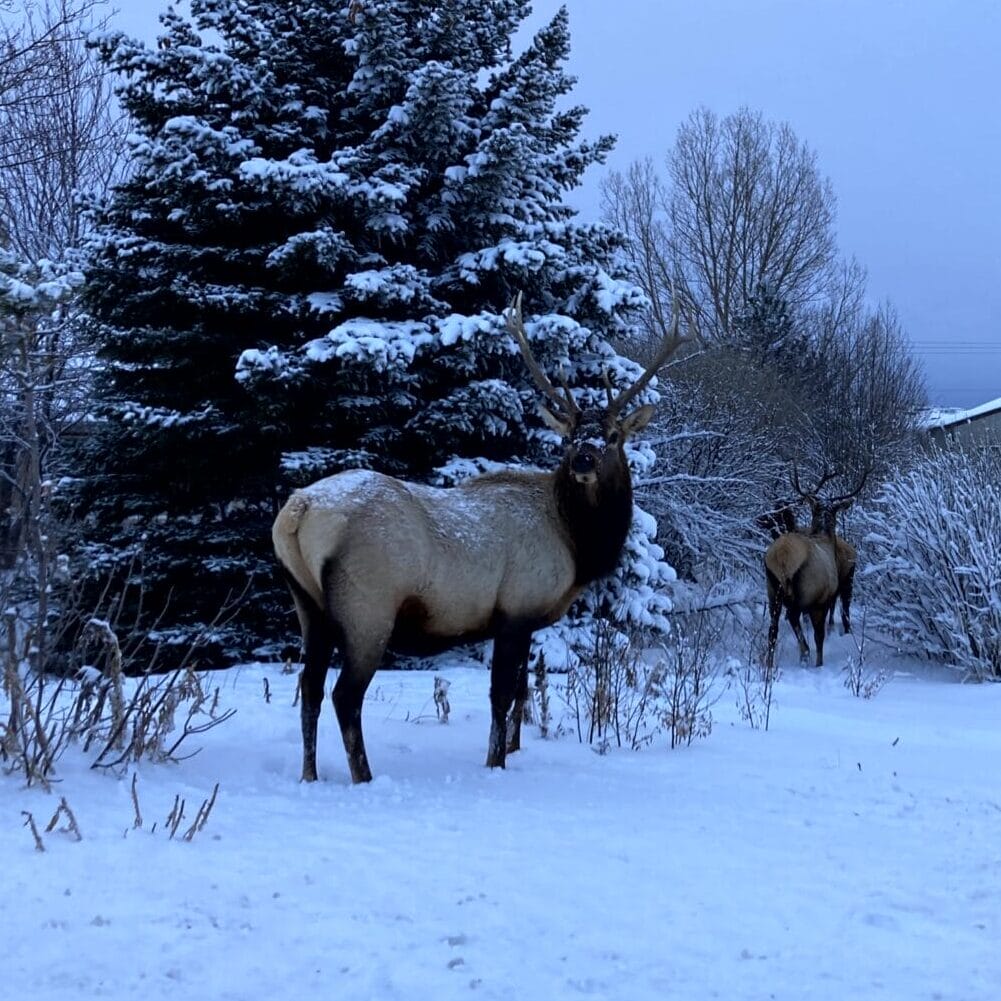
Rocky Mountain Elk
Cervus canadensis
For information on what you should do when you encounter wildlife, please visit:
Managing Open Spaces
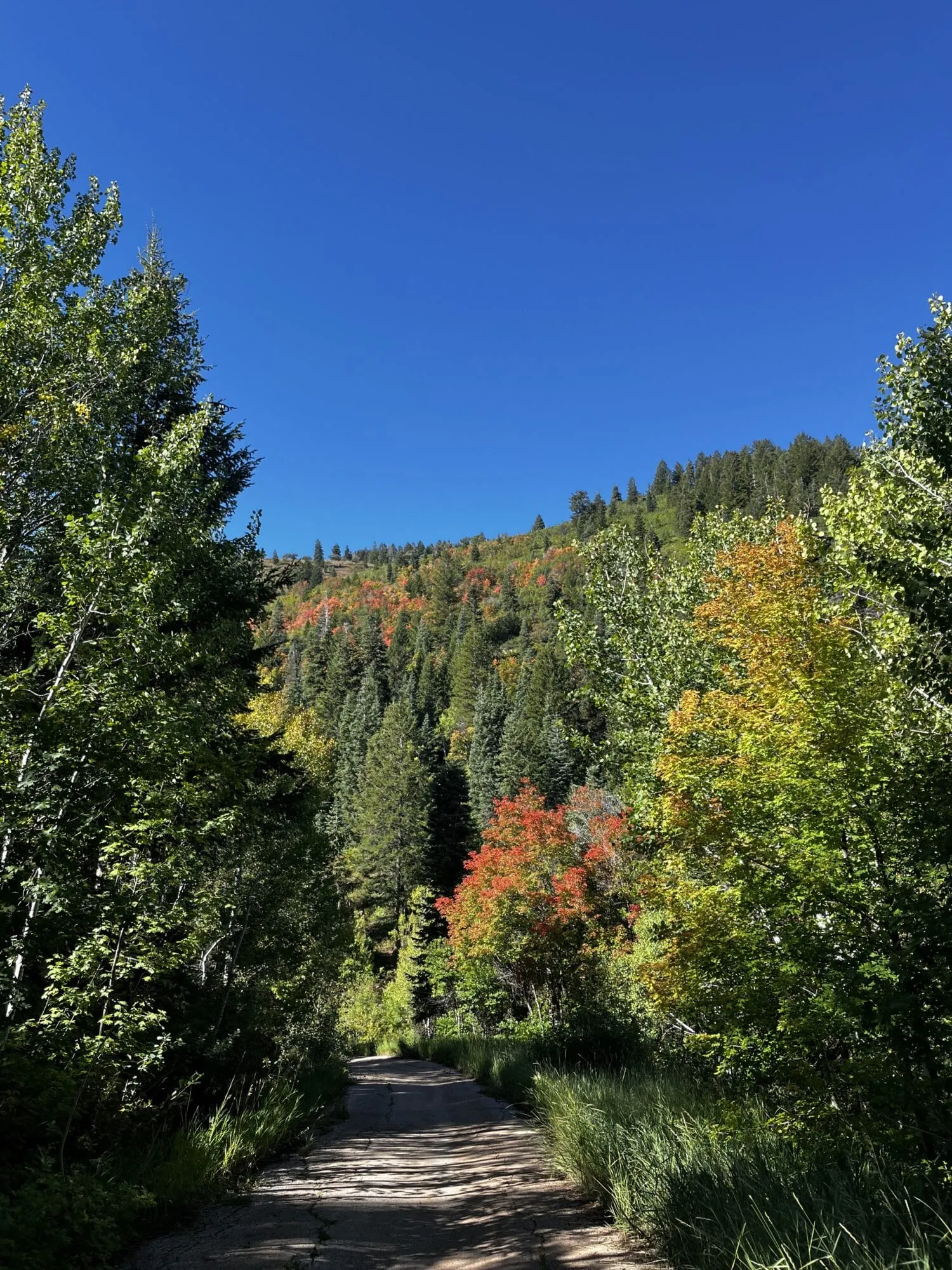
Property Monitoring
The Open Space Team monitors Toll Canyon Open Space, documenting noxious weed populations, changes in the property’s habitat, and encroachments throughout the year.
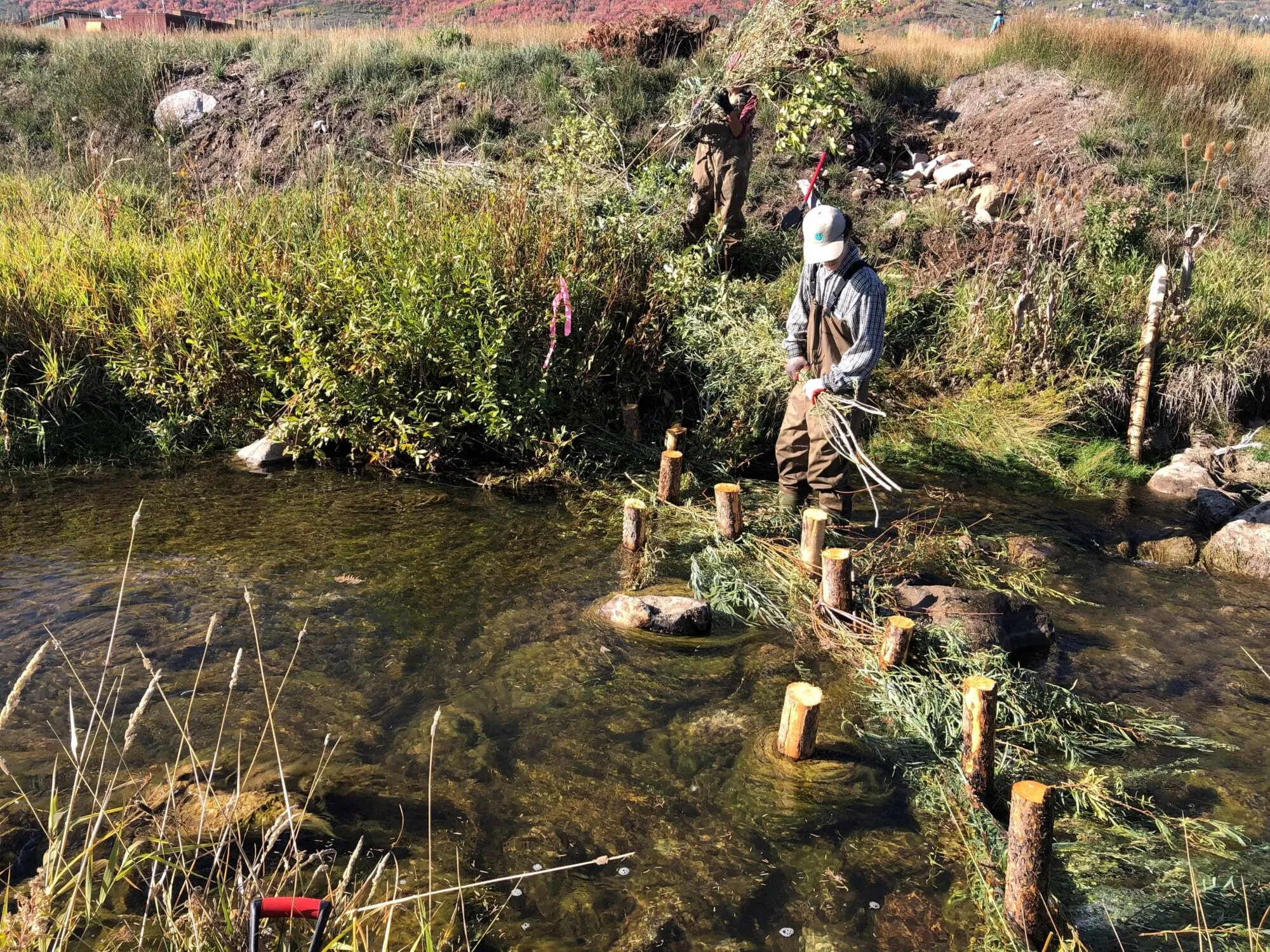
Restoration
Areas that are disturbed or could use some extra help are the Open Space Team’s target locations when planning restoration events. In 2018, BDAs (Beaver Dam Analogs) were installed in Toll Creek to recover and enhance the habitats in the riparian area.
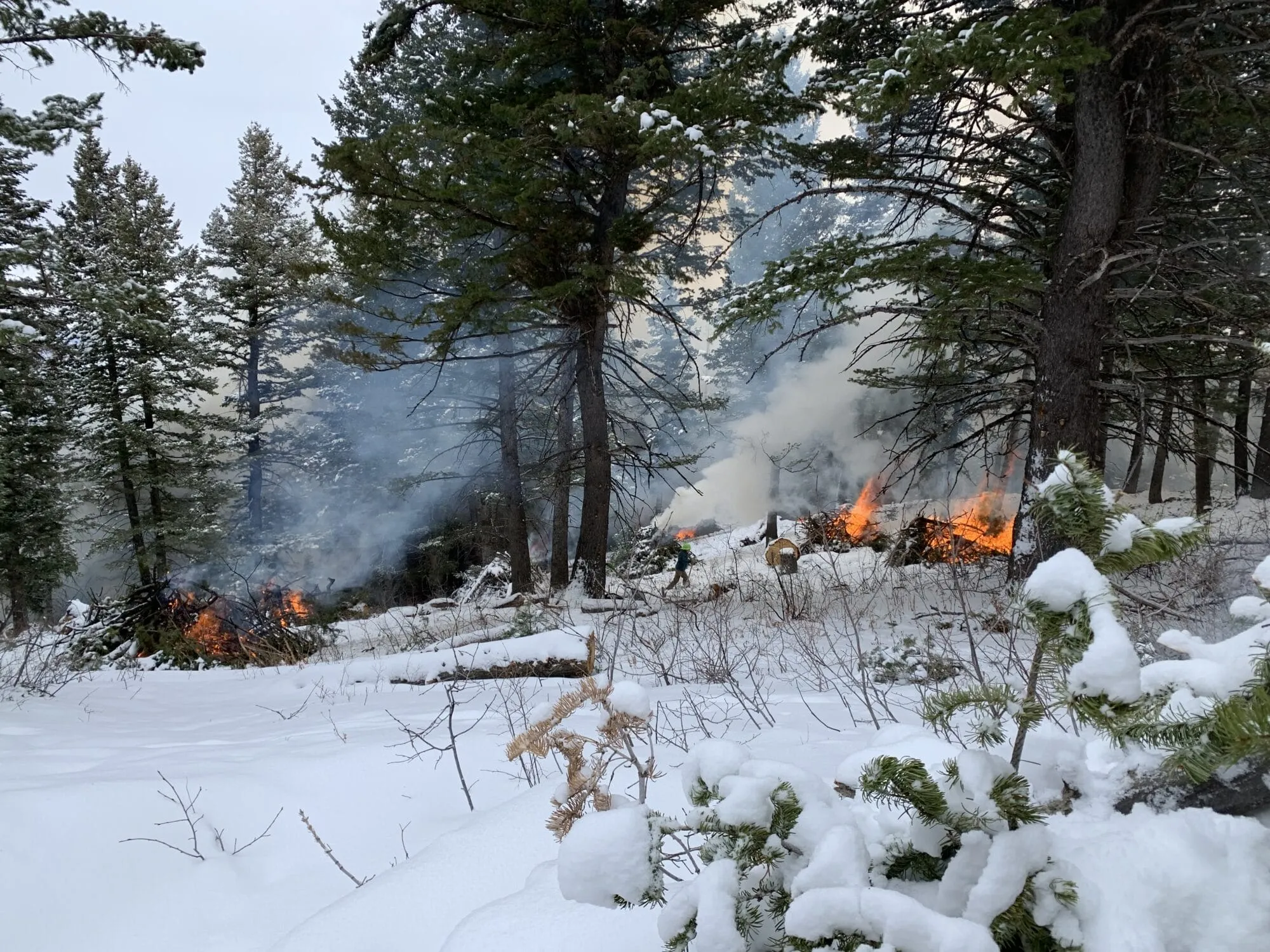
Fire Mitigation
Toll Canyon’s fire mitigation efforts focus on reducing wildfire risk by collecting debris, trimming trees, and conducting controlled burns, protecting both the canyon’s ecosystems and the surrounding community.
Nearby Open Spaces
Rules & Regulations

No E-bikes

No Camping

No Fires

No Hunting

No Firearms

No Motorized Vehicles

No Fireworks

No Overnight Parking
Hunting Access
Hunters may cross Basin Recreation property to access adjacent lands open to hunting, but firearms must be unloaded, and archery equipment must not have an arrow nocked.

